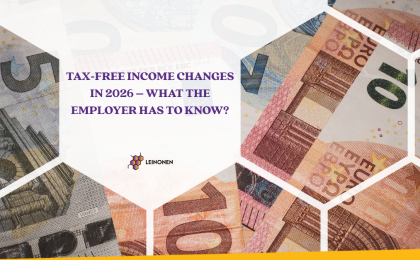For the purposes of the Value Added Tax Act, a new means of transport is:
- a vessel exceeding 7.5 metres in length that is transferred within three months as of the date of first entry into service or that has sailed for less than 100 hours, with the exception of sea-going vessels navigating international waters;
- aircraft whose take-off weight exceeds 1,550 kilograms, which is transferred within three months as of the date of first entry into service or which has flown for less than 40 hours, with the exception of aircraft operated mostly on international routes;
- a motorised land vehicle whose engine capacity exceeds 48 cm3 or whose power exceeds 7.2 kilowatts and that is transferred within six months as of the date of first entry into service or that has travelled less than 6,000 kilometres.
The transfer of a new means of transport to a person of another Member State, with transport to the other Member State, is always subject to 0% VAT, and the tax liability arises for all persons of another Member State who purchase a new means of transport, including natural persons. This means that if an Estonian taxable person sells a new means of transport to a private person in another Member State and the vehicle is removed from Estonia, the transaction is subject to 0% VAT.
As defined above, ‘a new means of transport’ only refers to vessels, aircraft and motorised land vehicles of a certain size or capacity. A means of transport is “new” if it was transferred within three months as of the date of first entry into service (six months in the case of motorised land vehicles) and if it has travelled less than the 6,000 kilometres specified in the definition. So, a means of transport is new if one of these two conditions is met. We would ordinarily not think that a vehicle, which has stood in a garage for 10 years and travelled just 2000 km, is still a new means of transport for the purposes of the Value Added Tax Act.
Whether a means of transport is new or not is specified at the moment of sale, not after it has already been taken to its destination Member State. Thus, if a means of transport was “new” at the moment it was sold and it was sold at the 0% rate, the buyer has to pay VAT in the Member State of destination even if neither of the two conditions are met by the time VAT is payable.




